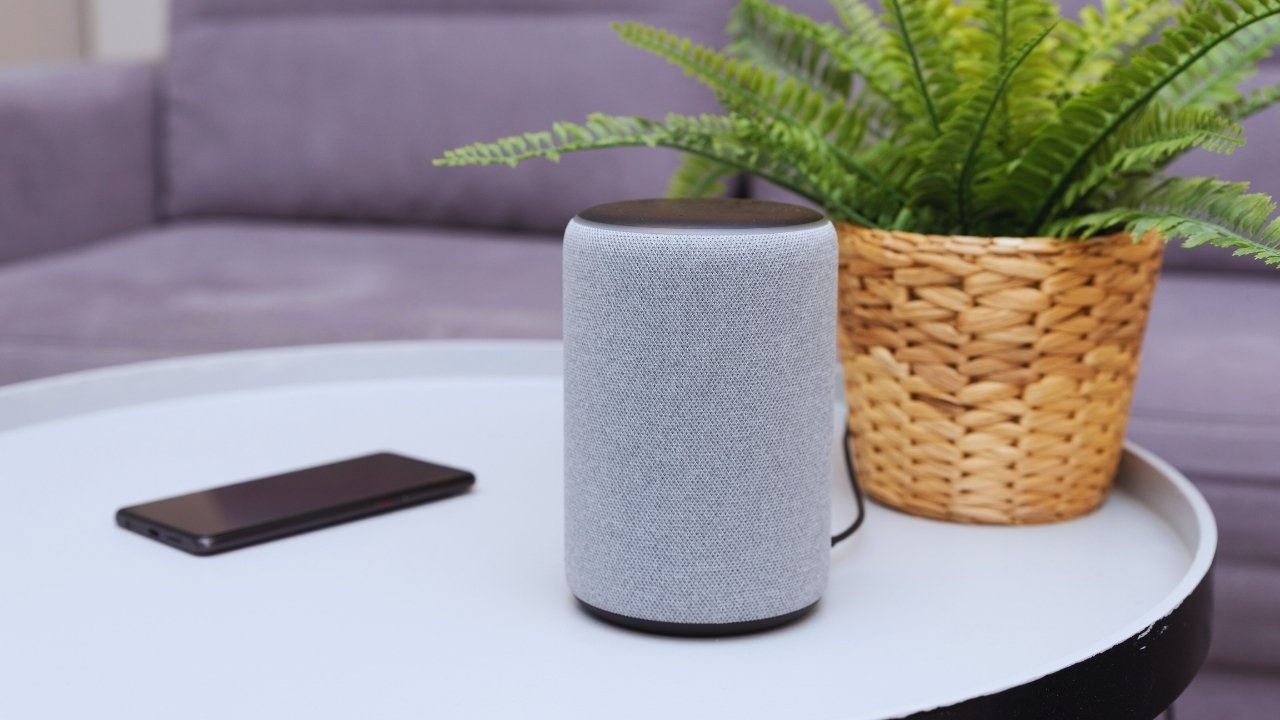
Relief from Bloating: The Benefits of Drinking Cor
Regularly consuming coriander seed water can alleviate bloating and enhance digestion naturally, say

Typically associated with smart speakers at home used for playing music or managing household tasks, voice assistants are swiftly evolving beyond these confines. With advancements in natural language processing, edge computing, and the growth of interconnected devices, voice technology is transforming into a vital interface utilized across various contexts.
Voice tech is becoming more proactive—moving from reactive to ambient and seamlessly integrated systems. You can now find it embedded in wearables, automobiles, enterprise solutions, and more. This transformation provides new storytelling opportunities regarding how people interact with technology, the adoption by businesses, and how less developed regions can leapfrog older technologies.
Recent improvements in language capabilities allow voice assistants to not just hear but also understand the user better. Enhanced context-tracking and recognition of various accents enable these systems to function effectively in diverse settings.
Shifting some processing from the cloud to local devices reduces latency and dependence on internet connectivity, enhancing privacy and reliability, especially in regions with limited infrastructure.
The range of devices incorporating voice functionality has widened significantly. Devices ranging from automobiles to medical systems now come equipped with voice capability that extends beyond conventional smart speakers.
In areas with challenging traditional interfaces, voice technology is set to thrive. In multilingual and mobile-centric societies, voice interfaces are becoming increasingly natural, particularly for commerce and services.
Businesses recognize that voice interfaces can streamline workflows and facilitate safer operations in settings like manufacturing and logistics.
Devices such as smartwatches and fitness trackers are increasingly offering voice command features, making these products more context-aware and proactive in assistance. Imagine adjustments based on heart rate or location.
Automobiles represent a significant frontier for voice tech, expanding beyond basic functions to manage vehicle systems and interact with smart infrastructure. Cars are evolving into smart, voice-activated environments.
While smart speakers still have a role, voice technology is now integrating seamlessly with every connected device in the home, creating environments that respond intelligently to user needs.
Voice technology is penetrating retail, enabling customers to interact hands-free to check out, find products, or get information effortlessly, especially in e-commerce platforms.
In industrial settings, voice systems facilitate hands-free operations, allowing workers to manage tasks effectively while maintaining focus on physical activities.
In places with high mobile use and diverse languages, voice technology is evolving to support local dialects, making interaction easier and more accessible for users.
Users expect voice systems to respond promptly and accurately; any lag can degrade user experience. Leading-edge applications leverage hybrid systems for quick responses.
Voice technologies that process data locally or minimize cloud dependency are likely to gain users' trust, ensuring concerns about privacy and data handling are addressed.
The best voice systems will not just react but anticipate user needs based on previous interactions, locations, and preferences.
Voice technology is interlinked with visual and tactile interfaces, creating a richer interaction experience that considers various environmental factors.
In multilingual regions, voice technologies need to be adept at handling various languages and dialect shifts to be effective.
For companies, integrating voice technology should enhance workflows and improve customer experiences rather than simply being a novel feature.
A smart speaker brand collaborating with automation platforms for extended voice control features beyond music.
Wearable devices capable of context-driven voice prompts based on environmental factors.
Automakers incorporating voice systems for suggesting routes or interacting with city services.
Retail systems enabling customers to transact using voice commands in their native languages.
Industrial applications allowing voice commands for machinery monitoring and task instruction.
The growth of voice technology is particularly pertinent in these regions because:
Large mobile-centric user bases where traditional input methods present challenges.
Diverse languages, making voice interfaces more accessible than written text.
Expanding smart-home and IoT markets facilitating interconnected solutions.
Services and markets geared towards vernacular interactions.
This alignment indicates a potential for revolutionary steps in user interfaces within these markets.
Challenges such as noisy surroundings, overlapping speech, and varying dialects still hinder effective functionality.
New devices and infrastructure for wearables and IoT require substantial investment, especially in emerging markets.
Devices that constantly listen raise significant concerns about data storage and usage, as well as options for user control.
Voice tech needs to be integrated with various applications and devices, leading to complexities that could escalate costs.
Effective use of voice as a primary interface requires users to trust the technology and be willing to adapt their habits.
Business strategies must identify tangible benefits of voice tech rather than adopting it merely for novelty.
Features on specific technological integrations.
Case studies illustrating voice technology adoption in various regions.
Analyzing how businesses leverage voice tech as a crucial tool.
Technical explorations of edge processing and local voice models.
Discussing implications on accessibility and bridging the digital divide.
Future projections regarding advancements in voice technology.
The horizon for voice technology extends far beyond traditional devices. It embraces wearables, vehicles, workplaces, and smart ecosystems, all seeking simpler interactions.
This transition signals richer, more user-friendly experiences for consumers and presents businesses with transformative ways to operate. For editors and writers, it reshapes the narrative towards environments and values associated with voice technology rather than just devices.